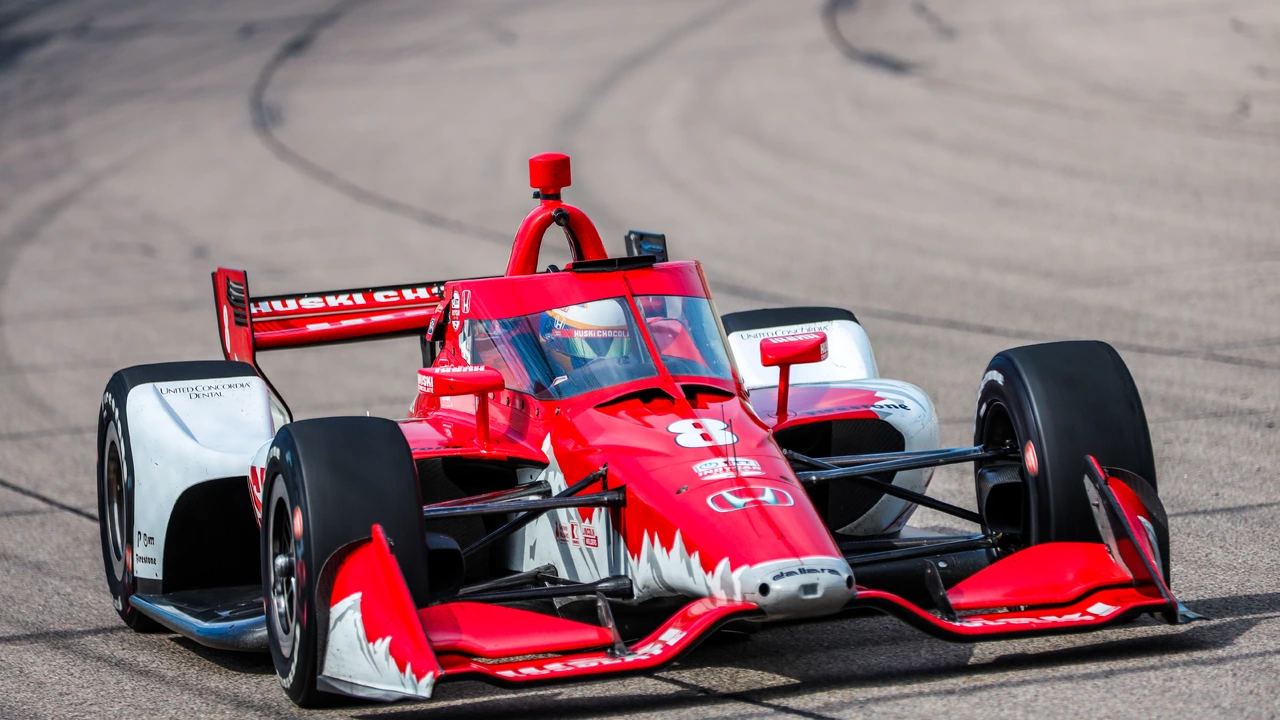Why IndyCar Won’t Copy Formula 1 – The Real Reason
Ever wondered why IndyCar doesn’t look and feel exactly like Formula 1? Both are high‑speed motorsports, yet you’ll notice big differences the moment you step onto an oval or a street circuit. The answer isn’t a lack of talent or money – it’s a deliberate choice to keep IndyCar unique. In this post we break down the key reasons why IndyCar stays true to its own style and why that actually helps it stay popular with its fans.
IndyCar’s unique identity
First off, IndyCar was built for America. The series mixes road courses, street circuits, and the iconic oval tracks like the Indianapolis Motor Speedway. Those ovals demand a different car setup, a different racing strategy, and a different fan experience. While Formula 1 races on twisty European tracks, IndyCar’s ovals let drivers reach insane speeds and create close‑quarter battles that are hard to replicate elsewhere.
Cost is another big factor. IndyCar runs a single‑make chassis and a limited engine pool, which keeps the budget lower than Formula 1’s bespoke cars. If IndyCar tried to copy the expensive, continuously evolving F1 tech, many teams would drop out, and the fields would shrink. Keeping costs down means more teams can compete, and fans get a larger, more varied grid to cheer on.
The fan culture also plays a huge role. IndyCar fans love the “everyman” vibe – they see drivers who aren’t always the global superstars, but who work hard and have relatable stories. The series is known for being more accessible: tickets are cheaper, and the races feel like a community event, especially on the famous ovals where tailgating is part of the tradition. Trying to mimic Formula 1’s ultra‑luxury image could alienate that core audience.
What would happen if IndyCar tried to copy F1?
If IndyCar decided to imitate Formula 1’s exact format, the first thing that would change is the track mix. Removing ovals would strip away the high‑speed, side‑by‑side racing that defines the series. Fans who love the roar of cars on a 2‑mile oval would lose that experience, and the series would start to look like a diluted version of Formula 1 rather than its own product.
Next, the financial side would blow up. Formula 1’s R&D budget runs into hundreds of millions of dollars per team. IndyCar’s current model works because it spreads costs across many teams using the same chassis and engines. If each team had to develop its own aero package, the price tag would soar, likely pushing out smaller teams and reducing competition.
Finally, the brand identity would suffer. IndyCar has carved out a niche as the “American racing series” that balances speed, accessibility, and excitement. Copying Formula 1’s elite, high‑tech image would erase that niche and put IndyCar in direct competition with a series that already dominates global media coverage. The result could be lower TV ratings, fewer sponsors, and a loss of the dedicated fan base that keeps the series alive.
In short, IndyCar’s decision to stay different isn’t about being shy or behind the times. It’s a purposeful strategy that protects its heritage, keeps costs manageable, and serves a fan base that values the unique blend of oval thrills and road‑course battles. By embracing its own identity, IndyCar remains a compelling, affordable, and uniquely American motorsport experience.

Why doesn't IndyCar imitate Formula 1 more to be as popular?
- by Ashton Beauregard
- on 1 Aug 2023
Alright folks, let's get our engines revving and dive into the hot topic - why doesn't IndyCar morph into Formula 1's twin to boost its popularity? Now, the primary reason is that IndyCar relishes being in its own unique lane, not just another F1 clone. It's got a distinct American flavor, with oval tracks and a more 'everyman' approach to racing that makes it uniquely appealing. Also, let's not forget that copying someone else's style is like wearing someone else's underwear - it might fit, but it's just not right. So, in essence, IndyCar is like the rebellious sibling of F1 - they might share some DNA, but each has its own groove going on.